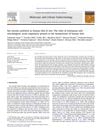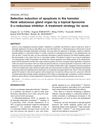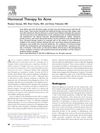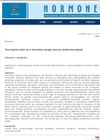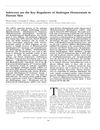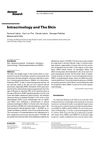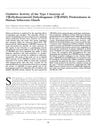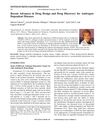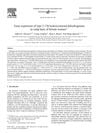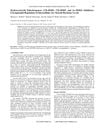Expression of Steroidogenic Enzymes in Human Sebaceous Glands
June 2014
in “
Journal of Endocrinology/Journal of endocrinology
”
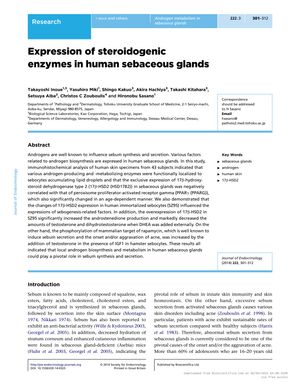
TLDR Human sebaceous glands contain enzymes that affect androgen production and may influence sebum production and acne.
In the 2014 study involving 43 subjects, researchers found that various enzymes related to androgen production and metabolism were present in human sebaceous glands, particularly in sebocytes with lipid droplets. They discovered a negative correlation between the expression of 17β-hydroxysteroid dehydrogenase type 2 (17β-HSD2) and peroxisome proliferator-activated receptor gamma (PPARγ), which varied with age. Experiments with human immortalized sebocytes (SZ95) showed that altering 17β-HSD2 expression affected sebogenesis-related factors and androgen production. Specifically, overexpression of 17β-HSD2 increased androstenedione production and decreased testosterone and dihydrotestosterone levels when dehydroepiandrosterone (DHEA) was externally supplied. Additionally, testosterone, in the presence of IGF1, increased the phosphorylation of mammalian target of rapamycin in hamster sebocytes, which is associated with increased sebum secretion and potentially with acne development. These findings suggest that local androgen synthesis and metabolism within sebaceous glands are crucial for sebum production and secretion.
